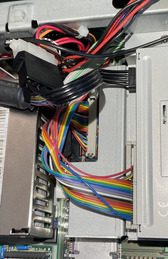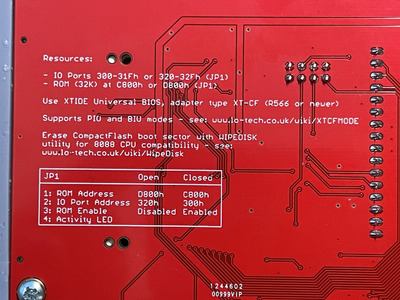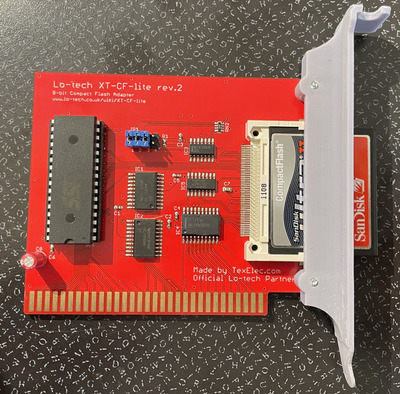Reply 20 of 45, by Tiido
- Rank
- l33t
Trip current should be near 5A, hold current needs to be at least as high. The reaction speed won't be worse than a normal fuse that already was in there but what exactly is the original one's speed I don't know and in all honesty it isn't really important either, any fuse with high enough current rating will do its job although fast blow types can burn out during startup so normally slower fuses are used to prevent "nuisance blow".
T-04YBSC, a new YMF71x based sound card & Official VOGONS thread about it
Newly made 4MB 60ns 30pin SIMMs ~
mida sa loed ? nagunii aru ei saa 😜


